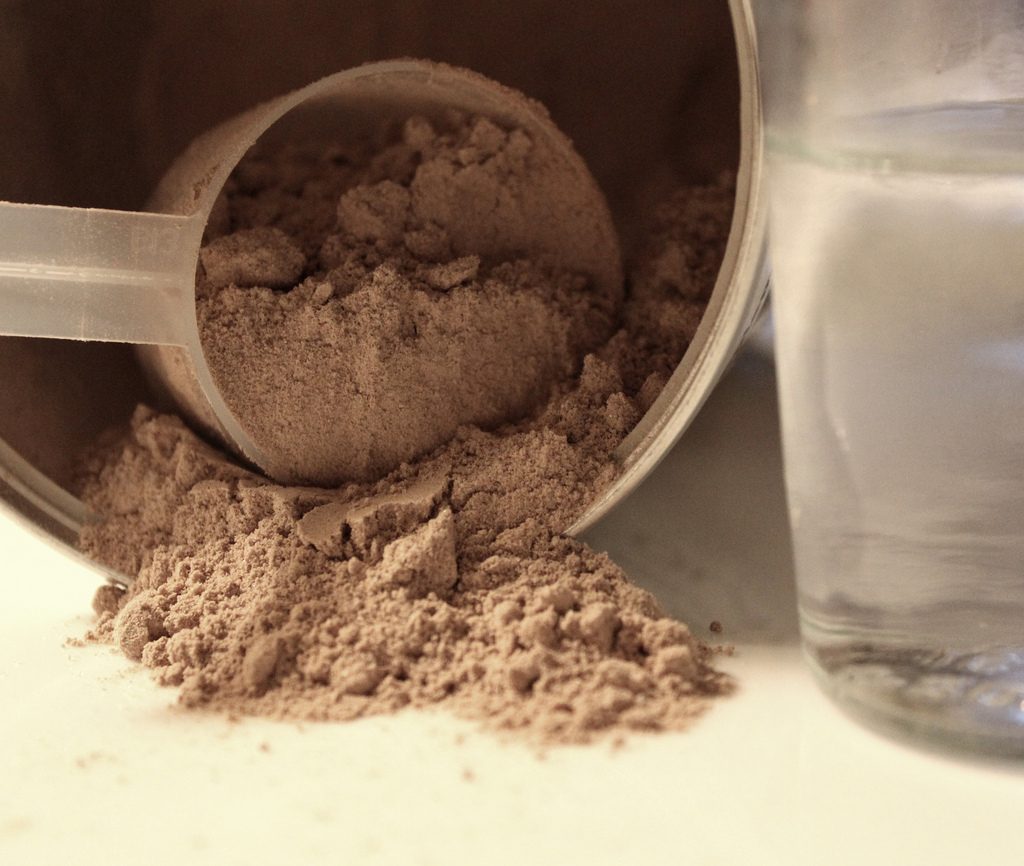High protein diets and metabolism: Part 1
By Ari Snaevarsson, Features Editor
People often make the claim that high protein diets will boost muscle growth – given that treatment is paired with effective resistance training – and thereby lead to a sizeable increase in resting metabolic rate (RMR). This is because, the argument goes, skeletal muscle has a higher RMR per pound than does body fat.
Other reasons that have been cited in defense of this claim is that dietary protein carries a “metabolic advantage,” although usually no concrete evidence is provided at all.
High protein diets and metabolism
This series will con-sist of three sequential articles. In Part 1, I will rebut the main argument behind protein’s supposed “metabolic advantage,” namely, its mediation via increased muscle mass. Then, in next week’s article, I will explain what is going on with some of the other possible factors at play. Finally, in Part 3, I will leave you with some actionable guidance you can use when considering macronutrient composition of your own diet.
NOTE: I will be using the terms RMR, metabolic rate, and metabolism interchangeably (unless I am referring to intermediary metabolism, aka what is happening at the cellular level). RMR is the most precise test we have for ascertaining one’s basal metabolic rate.
I will also be using the word “muscle” by itself to refer to skeletal muscle. While some of the sentiments may hold true for smooth and cardiac muscle, these are such vastly different tissues with varying properties (and much less relevance to our discussion) that, for all intents and purpose, we can ignore them for now.
Dispelling the myth of skeletal muscle RMR
The primary argument, as stated earlier, behind the “metabolic advantage” of protein is that skeletal muscle is more metabolically active. The claim is that the RMR of a given amount of muscle mass is so much greater than we would find in an equal amount of fat mass.
So, it would follow that an emphasis on decreasing body fat stores and increasing muscle mass would drive up one’s metabolism, leading to improved health parameters, more efficient nutrient partitioning, and an overall easier time dieting (via getting to eat more food).
However, there is little to no substantial evidence available for the magnitude of the claims usually made, or even to suggest any significant difference in metabolism. Ignoring the fact that increasing protein intake in a sedentary individual’s diet without changing physical activity is unlikely to elicit any demonstrable hypertrophic effects, there is an even more fundamental flaw in this thinking.
Not only do the often-cited studies of muscle’s RMR rarely control for energy expenditure from physical activity, we also must consider that methods of testing metabolic rate tend to be highly variable. So much so, in fact, that scientists often need to look for frequent and large changes in metabolism to rule out this confounding variable. This best practice is generally ignored in such studies, and the end result is that changes in metabolic rate not significant enough to account for the risk of confounding are shown the light of day and made to collectively become the core argument of this claim.
The reality is that, when all lurking variables are properly accounted for, skeletal muscle’s metabolic rate at rest comes out to around 6 calories (kcal) per pound, while fat’s is around 2 kcal. Undergo an anomaly of a weight loss journey and lose 50 pounds of fat while simultaneously gaining 50 pounds of muscle (again, if you do this, you are a superhuman and need to be studied in a lab), and you will effectively have raised your RMR by 200 kcal a day. So, if you are said superhuman, congratulations; your powers earned you a modest enough increase in RMR to almost amount to half a pound more of weekly weight loss than you would have back when you were fat.
Note that this theoretical increase does not take into account the infamous “adaptive thermogenesis” feedback that occurs during a bout of caloric restriction. In essence, this is is a component of total energy expenditure that is likely generated mainly through non-exercise activity thermogenesis (NEAT) – comprised of shivering, fidgeting, posture maintenance, coughing, and other various motor activities happening throughout the day that cannot truly be called “exercise.” And again, these numbers are only the average of ranges found in different studies, so these should be taken with a grain of salt.
In Part 2…
Hopefully this was an enlightening read for anyone who has heard talk of the “metabolic advantage of protein.” There is still a good deal left to cover, and I will try my best to cover the bases over the next two articles in the series. Next week, we will delve into some of the other factors at play in this discussion, so stay tuned.


April 27, 2017
Good blog post. I absolutely love this website. Keep it up!